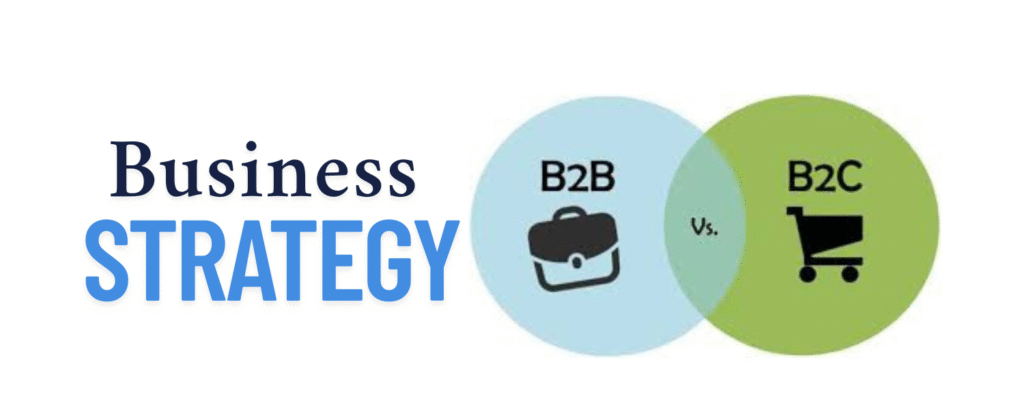B2B Marketing and B2C Marketing – Explained
Marketing strategies vary significantly depending on the type of audience a business serves. Two primary models in this context are B2B (Business-to-Business) marketing and B2C (Business-to-Consumer) marketing. Though both aim to promote products or services and drive sales, they differ in their target audience, messaging, decision-making process, and communication channels.
B2B Marketing (Business-to-Business)
B2B marketing refers to strategies focused on selling products or services from one business to another. Common examples include software companies selling tools to enterprises, manufacturers selling components to other manufacturers, or wholesalers supplying retailers.
Key Characteristics of B2B Marketing:
- Target Audience: Businesses, not individual consumers.
- Decision-Making: Involves multiple stakeholders such as managers, procurement teams, and executives. The buying process is often longer and based on logic, return on investment (ROI), and business value.
- Content and Messaging: Emphasizes product features, technical details, case studies, and industry expertise. Educational content like white papers, webinars, and demos are common.
- Sales Cycle: Longer and relationship-driven, often involving direct interaction between sales representatives and clients.
- Marketing Channels: Primarily LinkedIn, email marketing, industry events, and trade shows. Account-based marketing (ABM) is also widely used. b2b marketing
B2C Marketing (Business-to-Consumer)
B2C marketing focuses on selling products or services directly to individual consumers. This includes everything from groceries and clothing to streaming services and online subscriptions. Creators increase your earning
Key Characteristics of B2C Marketing:
- Target Audience: Individual buyers or households.
- Decision-Making: Often quicker and more emotional. Factors like brand appeal, price, convenience, and customer reviews strongly influence purchases.
- Content and Messaging: Focuses on benefits, experiences, and emotional triggers. Marketing aims to grab attention and drive immediate action.
- Sales Cycle: Shorter and often completed in a single interaction or through an e-commerce site.
- Marketing Channels: Social media (especially platforms like Instagram, Facebook, and TikTok), influencer marketing, search engine advertising (Google Ads), email campaigns, and television or print advertising.
Key Differences
| Aspect | B2B Marketing | B2C Marketing |
|---|---|---|
| Audience | Businesses | Individual consumers |
| Decision Drivers | ROI, logic, efficiency | Emotions, brand, convenience |
| Sales Cycle | Long, multi-step | Short, often instant |
| Content Focus | Informative, data-driven | Entertaining, persuasive |
| Channels | LinkedIn, email, direct outreach | Social media, influencers, ads |
For Marketing Call/WhatsApp ➡️+91 6009553944
Understanding the differences between B2B and B2C marketing is crucial for crafting effective campaigns. While B2B marketing emphasizes building relationships and demonstrating value over time, B2C marketing is centered around capturing attention and driving quick decisions. Businesses that align their marketing strategies with their audience’s expectations and behaviors are more likely to achieve success.
